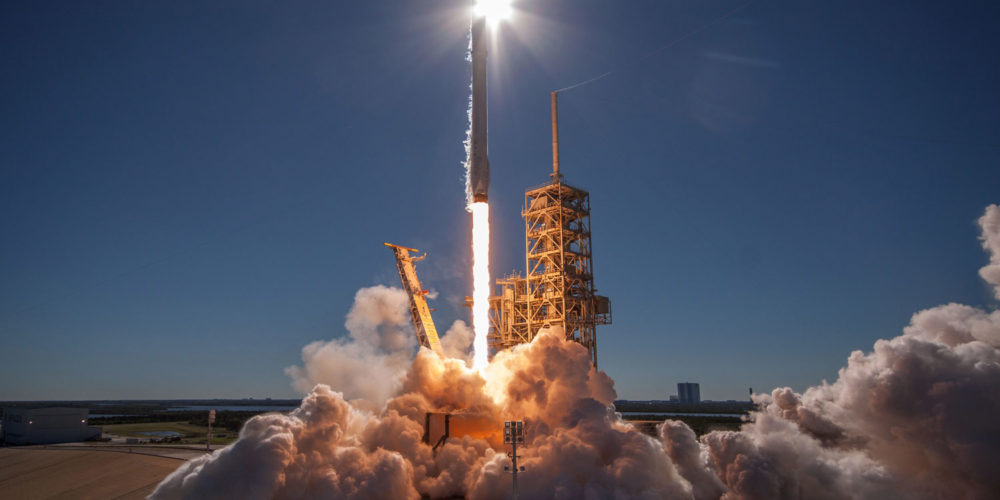If you’ve seen an official photograph of a launch at Cape Canaveral, Florida, there’s a good chance it was taken by Embry-Riddle alumnus Ben Cooper (’08, DB).
While earning a bachelor’s degree in aerospace engineering, Cooper attended launches and built up a photography portfolio that eventually landed him a position with the NASA photography team. Today, industry leaders such as SpaceX, United Launch Alliance and Orbital-ATK contract him to document and publicize their launches, as well.
As a student, Cooper was on staff at The Avion, the student newspaper at the Daytona Beach Campus, for more than four years. A lifelong shutterbug originally from Brooklyn, New York, his career as a launch photographer blends his technical and spatial visualization skills with his fascination for aerospace.
Since 1999, he has photographed more than 190 missions and launches. The job requires expert precision and as many as 25 cameras (per launch), rigged with remote sensors and set to capture a variety of angles and views. Here, Cooper offers insight into his job and his journey.
I WAS ALWAYS INTERESTED in aviation and astronomy as a kid. I also liked photography. I got my first camera at 8 years old, and I was doing darkroom work by the time I was 13.
I BECAME REALLY interested in seeing a space shuttle launch in person. In high school, my dad took me to see one. The launch was aborted just 7 seconds before liftoff, and we did not stay to see it go off a few days later. Still, the experience changed my life. We tried not once, but twice more, before finally seeing one go off on our third trip. After that, I wanted to see more, of course, and Dad let me go on my own. I knew then that I wanted to work for NASA, and I thought that engineering was the way to go.
ALMOST EVERY GREAT SHOT I’ve taken involved planning in advance. Sometimes it takes more than one try, but much of the time, you only get one try. And it’s those times, when you nail it on the first try, that you really feel good. Anticipating the exact lighting conditions, even precisely where the sun will be in the sky, is a factor, as is the weather, the rocket’s trajectory and other things.
I HAVE A VERY TECHNICAL MIND. I can mentally work out things like the trajectories, positions in the sky, angles, etc., beforehand in my head and easily visualize all of this when setting up the cameras. That’s where I feel my engineering background definitely comes into play.
NO ONE IS ALLOWED closer than a few miles from the launch pad. All of the photos you see of launches taken from near the launch pad are taken by remotely operated cameras that are set up ahead of time. Generally, I set up anywhere from one to three days before a launch.
THE SETUP CAN BE FUN. I’ve walked into swamps with alligators, snakes and spiders many times. I’ve literally set up camera tripods in the water to get the shot I want. None of that bothers me, though. The hard part is dealing with the mosquitoes and the humidity.
THE BIGGEST RISKS of the job are losing camera equipment due to exposure to the rocket or the weather. Extreme heat from the rocket at launch and flying debris are some things I deal with regularly.
SEEING A TOTAL SOLAR eclipse was another goal of mine when I was young. It’s something everyone should see at least once in their lifetime. Total eclipses are magical but they only take place every couple of years in a narrow band across the globe that you have to travel to get to. “Eclipse chasers” are die-hards who travel to try and see them all. I’ve traveled to see six so far.
See more of Cooper’s work at launchphotography.com.


